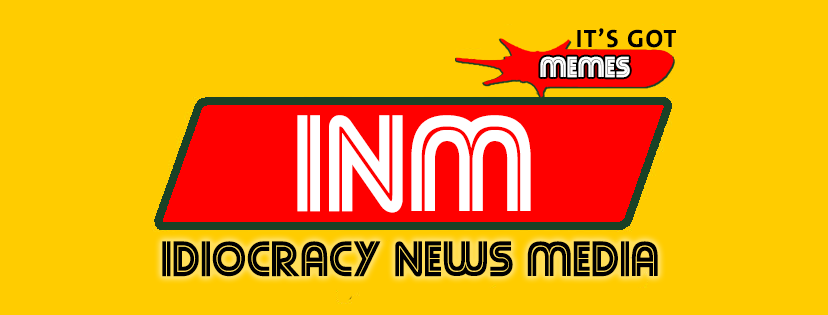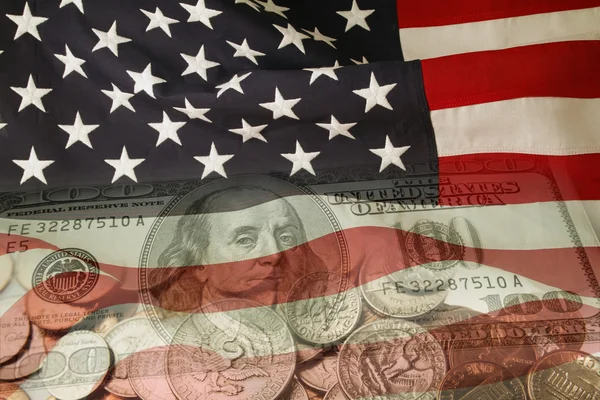The U.S. economy is at a crossroads. After the unprecedented challenges of the COVID-19 pandemic, the country is now facing a period of uncertainty, with conflicting signals about the direction of economic recovery. The question on everyone’s mind: Are we heading for recovery or recession?
On one hand, key economic indicators such as GDP growth and employment rates suggest that the economy is on the mend. The Biden administration has touted its economic policies, including the American Rescue Plan and infrastructure spending, as key drivers of this recovery. However, the picture is far from rosy.
Inflation has emerged as a major concern, with prices for goods and services rising at the fastest pace in decades. The Federal Reserve has responded by raising interest rates, but there are fears that this could dampen economic growth and push the economy into recession. The stock market, once a beacon of optimism, has experienced significant volatility, reflecting investor anxiety about the future.
Small businesses, the backbone of the U.S. economy, are also feeling the strain. Many are struggling with labor shortages, supply chain disruptions, and rising costs, all of which threaten to derail their recovery. At the same time, consumers are facing higher prices at the pump, in the grocery store, and on their utility bills, leading to concerns about a potential decrease in consumer spending.
The political landscape is also adding to the uncertainty. As the midterm elections approach, economic issues are likely to play a central role in the campaigns, with both parties vying to convince voters that they have the best plan for the economy. The outcome of these elections could have significant implications for the direction of U.S. economic policy in the coming years.
As the U.S. navigates this period of economic uncertainty, it is clear that the path forward will be challenging. Whether the country can avoid a recession and achieve a sustained recovery remains to be seen.


